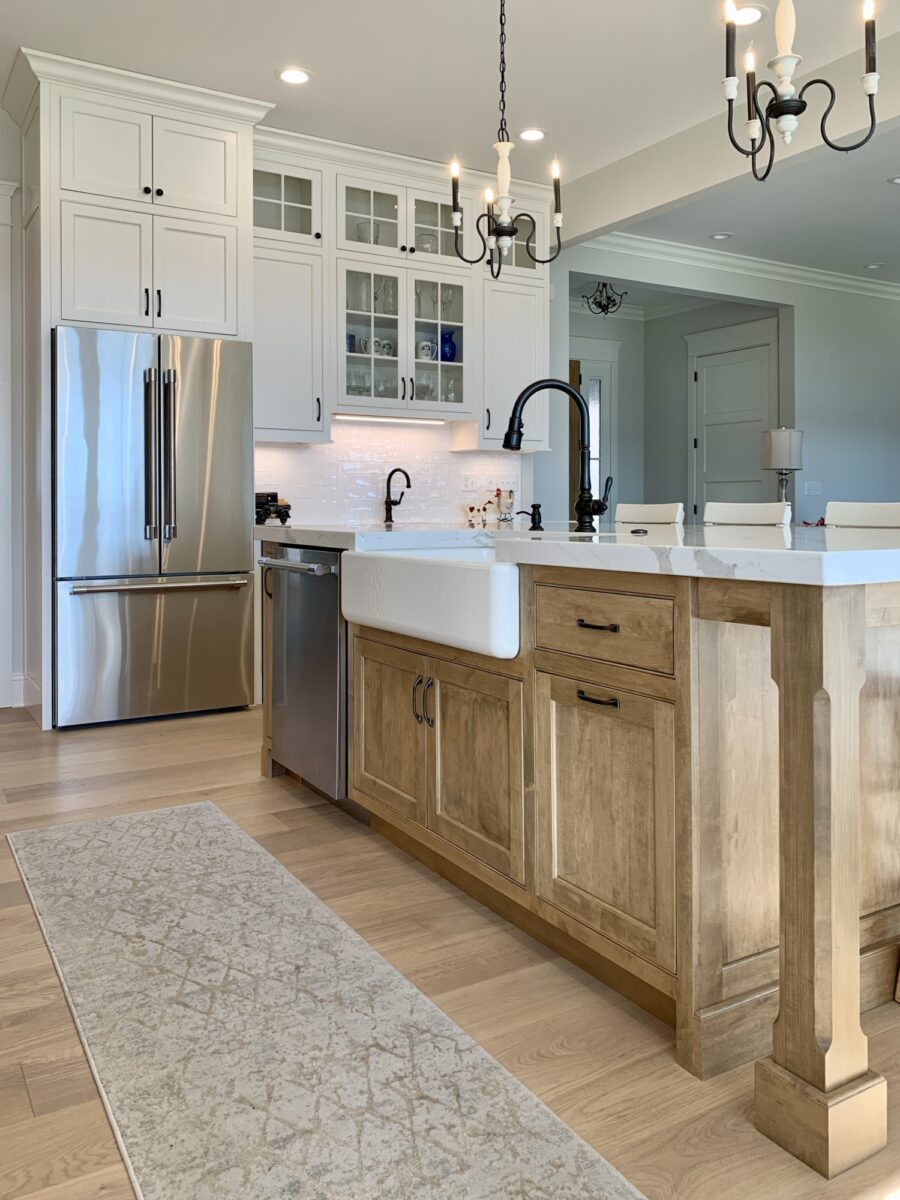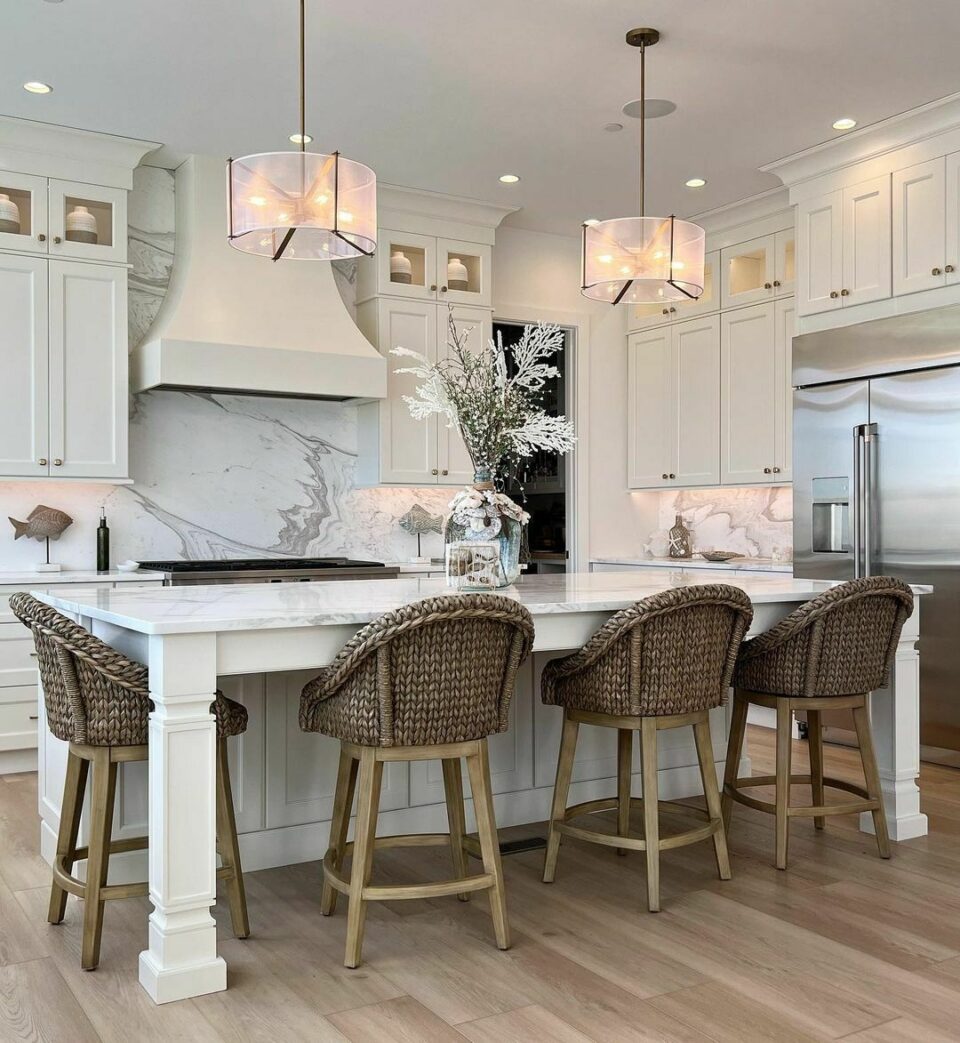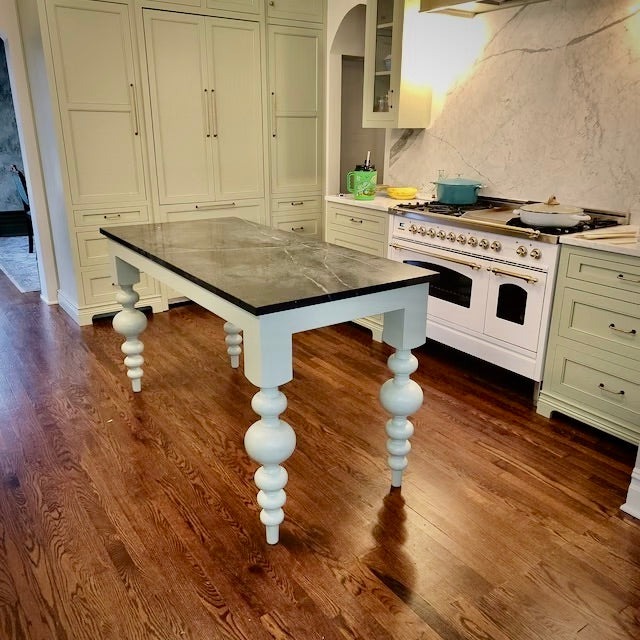Take Full Advantage Of Flexibility with Flexible Legs For Kitchen Island Functions
Take Full Advantage Of Flexibility with Flexible Legs For Kitchen Island Functions
Blog Article
A Guide to Picking the Perfect Legs For Kitchen Area Island for Your Home
Choosing the ideal legs for your cooking area island is a nuanced choice that affects both the capability and visual appeal of this main space. Variables such as height, materials, and style play a crucial function in balancing your island with the overall kitchen area layout. Additionally, recognizing the significance of security and maintenance can dramatically influence your choice. As you think about these components, it comes to be apparent that the right legs can transform not only the look of your kitchen area however also its functionality for many years to come. What particular functions should you focus on in this selection procedure?

Recognizing Kitchen Island Legs
When picking legs for a kitchen area island, it's important to comprehend their visual and functional functions in the overall design. The legs offer as an important support system, making certain security and toughness for the island, which usually functions as a work area, eating area, or gathering area. The choice of product and building technique need to be robust adequate to hold up against everyday use and potential wear.
In addition to their architectural responsibilities, legs add considerably to the island's visual appeal. They can improve the cooking area's style, whether through standard, contemporary, or diverse styles. The elevation and percentage of the legs are likewise vital factors to consider; they must balance with the island's counter top elevation while guaranteeing comfortable seating for those utilizing the room.
Furthermore, the leg style can influence the general circulation of the kitchen. Open, airy leg styles can develop a sense of lightness, while solid, substantial legs might convey a much more grounded and stable visual - Legs For Kitchen Island. Understanding these useful and visual facets will certainly assist house owners in making informed choices that enhance their cooking area's layout and boost its usability
Popular Styles and Products
The selection of legs for a cooking area island encompasses a range of preferred designs and materials, each offering unique attributes that can boost both performance and visual appeals. Typical legs generally display luxuriant details and craftsmanship, improving traditional kitchen area styles.

Elevation and Stability Factors To Consider

The legs of the kitchen area island should give sufficient assistance, guaranteeing that the structure can hold up against daily usage without wobbling or moving. Material choice plays a significant function in security; metal legs, for instance, have a tendency to offer greater toughness contrasted to wood.
Matching Your Kitchen Area Visual
Selecting the best legs for your cooking area island goes beyond performance; it additionally plays a significant role in the general visual of the room. When choosing legs, think about the layout style of your cooking area. For a contemporary look, smooth steel discover this or minimal layouts can create a clean, modern-day ambiance. On the other hand, rustic or conventional kitchen areas commonly take advantage of wooden legs with detailed detailing or a distressed finish, enhancing Web Site warmth and character.
Shade is an additional critical factor. Legs that enhance or comparison with your island's surface area and surrounding cabinets can produce visual harmony or striking prime focus. For example, pairing dark timber legs with a light marble kitchen counter can include depth and interest. Additionally, take into consideration the coating of the legs; matte, shiny, or textured coatings can significantly influence the total feel of the kitchen.
Installment and Upkeep Tips
Installing kitchen area island legs calls for cautious focus to detail to guarantee both stability and visual allure. Use a stud finder to find wall studs if you are connecting the legs to a wall surface or utilizing brackets for included support.
When securing the legs, utilize high-quality screws and, if essential, wood adhesive for extra strength. For steel legs, make sure that you are using proper anchors and devices to avoid damages to your floor covering. It is suggested to check for levelness after installation, making adjustments as needed to prevent wobbling.
Clean the legs with an ideal cleaner, avoiding unpleasant materials that might damage the surface. By complying with these installment and maintenance ideas, you can make sure that your kitchen area island legs continue to be both functional and aesthetically enticing.
Verdict
In verdict, selecting the appropriate legs for a cooking area island necessitates cautious consideration of elevation, stability, and aesthetic compatibility. Inevitably, thoughtful leg selection plays a vital role in elevating both the practicality and layout of the kitchen area room.
When selecting legs for a kitchen island, it's crucial to recognize their functional and aesthetic functions in the overall design. Open, airy leg designs can create a sense of agility, while strong, considerable legs may communicate an extra based and steady aesthetic. The legs of the kitchen area island need to give appropriate support, guaranteeing that the framework can endure day-to-day usage without changing or wobbling.Installing kitchen area island legs calls for mindful attention to detail to make sure both security and visual allure.In conclusion, choosing the ideal legs for a kitchen island necessitates careful factor to consider of elevation, stability, and visual compatibility.
Report this page